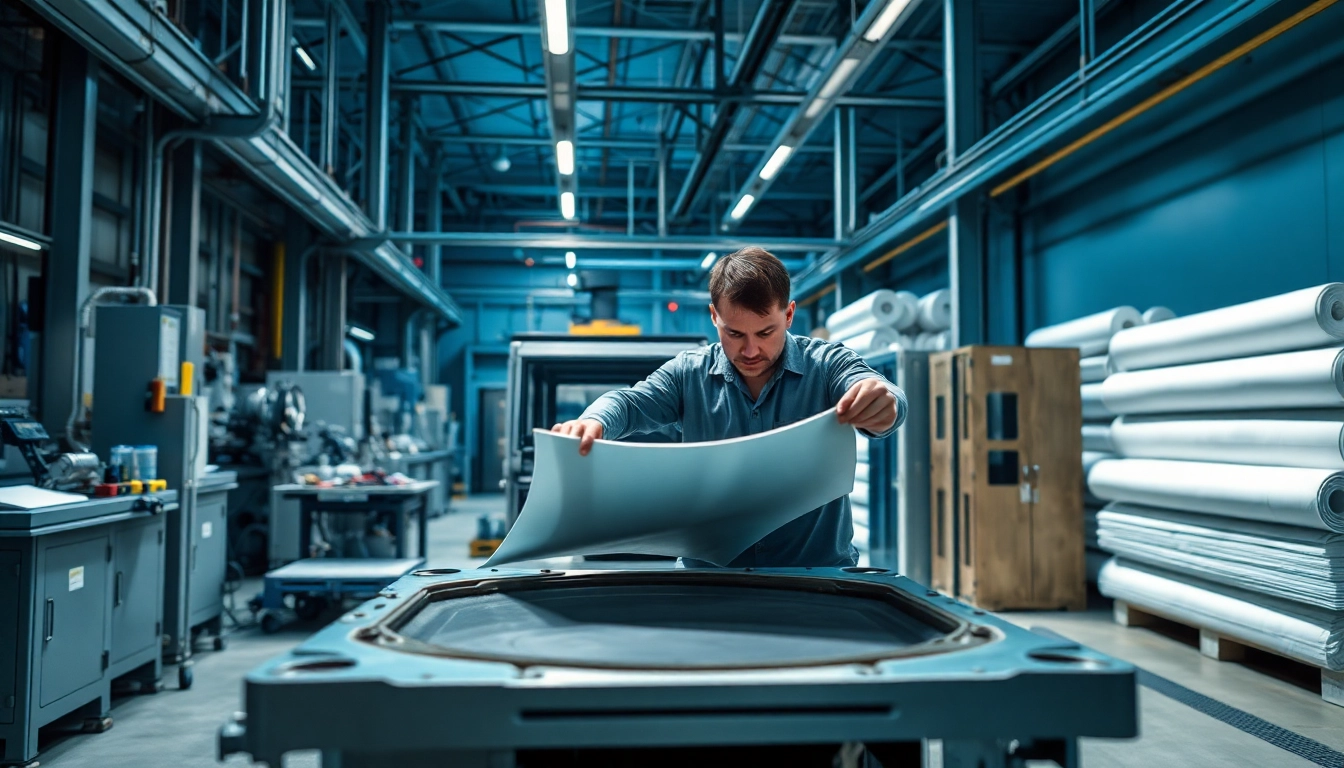Introduction to Needle Guns
In the realm of industrial tools, few devices are as versatile and essential as the needle gun. These powerful tools are designed to tackle tough jobs related to surface preparation, ranging from rust and paint removal to cleaning up welding slag. As industries evolve and adopt newer technologies, the importance of understanding the operational nuances of needle guns becomes crucial for efficient and effective work. This article aims to delve deep into the world of needle guns, exploring their history, types, applications, and best practices for operation and maintenance.
What is a Needle Gun?
A needle gun, often referred to as a needle scaler, is a pneumatic or electric hand tool designed primarily for surface preparation. At its core, it utilizes a collection of rapidly moving needles that generate a high-speed vibration. This allows for the removal of loose materials from surfaces without damaging the underlying structure. The effectiveness of a needle gun makes it an invaluable asset in various industries, particularly in metalwork, construction, shipbuilding, and automotive repair.
History and Evolution of the Needle Gun
The needle gun’s history is as diverse as its applications. Originating in the 19th century, it was first conceptualized as a firearm, notably the Dreyse needle gun used by the Prussian army. However, the modern incarnation of the needle gun evolved into a tool specifically designed for industrial purposes. Innovations in materials and technology have transformed the traditional needle gun into high-efficiency tools. Today, these devices capitalize on advancements in ergonomics, power sources, and safety features, making them easier and safer to operate.
Applications of Needle Guns in Various Industries
Needle guns find application across multiple sectors, each benefiting from their unique capabilities:
- Metalworking: The primary use of needle guns in metalworking is to remove rust, mill scale, and old paint. The rapid needle movement allows for efficient surface cleaning, ensuring better adhesion for subsequent coatings.
- Construction: In construction, needle guns are invaluable for surface preparation on steel structures, ensuring surfaces are clean prior to welding or painting.
- Shipbuilding: Needle guns are often used in shipbuilding to clean hulls and remove marine growth, rust, and old coatings, maintaining the integrity and aesthetics of vessels.
- Automotive Industry: In automotive repair, they are used to prepare surfaces for painting and to remove undesirable materials from engine components.
Types of Needle Guns
Electric vs. Pneumatic Needle Guns
When selecting a needle gun, one of the first considerations is whether to choose an electric or pneumatic model. Each has its advantages and disadvantages:
- Pneumatic Needle Guns:
- Powered by compressed air, these tools generally offer higher speed and efficiency.
- They are lightweight and often easier to handle, making them suitable for overhead and detailed work.
- However, they require a suitable air compressor, adding to the overall investment and setup complexity.
- Electric Needle Guns:
- These are often easier to use as they do not require an air compressor, making them more portable and convenient.
- Electric models can provide consistent performance and are suitable for lighter tasks.
- On the downside, they may be less powerful than their pneumatic counterparts, limiting their effectiveness in heavy-duty applications.
Choosing the Right Model for Your Needs
Choosing the appropriate needle gun for your specific needs entails considering various factors:
- Application: Determine what tasks you will be performing most frequently. Heavy-duty jobs require more robust tools, while lighter tasks might only need an electric model.
- Power Source: Consider the availability of air compressors in your working environment and whether portability is essential.
- Needle Configuration: Different needle configurations can affect the reach and effectiveness of the tool in specific applications. Some users might prefer a model with adjustable needle lengths.
- Budget: A higher price often indicates better quality but consider your budget and projected usage frequency to find a cost-effective solution.
Essential Features to Look for in Needle Guns
When selecting a needle gun, several key features should guide your choice:
- Ergonomic Design: Look for a model that fits comfortably in your hand to reduce fatigue and allow for extended use.
- Needle Speed: Needle speed is crucial for effective surface preparation, with some models offering varying speeds for different applications.
- Durability: Opt for models built with high-quality materials that can withstand the rigors of frequent usage.
- Versatility: Some needle guns may come with attachments or accessories for different tasks, providing better value.
Operating a Needle Gun Effectively
Preparation Before Use
Correct preparation is essential to ensure both the safety and effectiveness of needle gun operation:
- Safety Gear: Always wear protective gear such as goggles, gloves, and ear protection to prevent injury from debris and noise.
- Workspace Assessment: Ensure that your workspace is clear of obstacles and that you have adequate ventilation, especially when working with chemicals or coatings.
- Tool Inspection: Before use, inspect the needle gun for any signs of damage or wear. Ensure that the needles are correctly attached and in good condition.
Best Practices for Safe Operation
To operate a needle gun safely and effectively:
- Maintain a Firm Grip: Hold the tool steadily to control it easily and avoid accidental slips.
- Use Proper Techniques: Apply the tool at the right angle and distance from the surface to optimize performance while minimizing damage.
- Consistent Movement: Keep the tool moving continuously to prevent damage to the surface and ensure even material removal.
Common Mistakes to Avoid
Even seasoned professionals can make mistakes when operating needle guns. Here are common pitfalls to avoid:
- Neglecting Maintenance: Regular maintenance helps prolong the lifespan of the tool and ensures optimal performance.
- Forgetting Safety Precautions: Always prioritize safety by wearing appropriate gear and maintaining a clean work environment.
- Inconsistent Pressure: Maintaining consistent air pressure or electric output is critical for the tool’s performance. Fluctuations can reduce efficiency.
Maintenance and Care for Needle Guns
Regular Maintenance Tips
To keep your needle gun in top shape:
- Clean After Each Use: Ensure that no debris or residue is left on the tool after operation.
- Lubricate Moving Parts: Regularly lubricate the moving parts of the needle gun to minimize wear and maximize performance.
- Check Needles Periodically: Inspect the needles for damage or wear regularly, replacing them as necessary to maintain effectiveness.
Troubleshooting Common Issues
Common issues with needle guns and their troubleshooting include:
- Poor Performance: Often caused by clogged needles or improper pressure. Clean or replace needles and check air pressure settings.
- Excessive Vibration: This could be due to worn-out components. Inspect and replace any damaged parts.
- Air Leakage: Check hose connections and seals to prevent loss of air pressure.
Storage Solutions for Longevity
Proper storage extends the lifespan of your needle gun:
- Dry and Cool Environment: Store your tool in a cool, dry place to prevent rust and other damage.
- Original Packaging: Consider keeping the tool in its original packaging or a protective case to ensure it is well-protected from impacts and environmental factors.
- Off-Season Care: If not in use for extended periods, perform a thorough maintenance check before storage.
Conclusion and Recommendations
Top Brands and Models on the Market
Several reputable brands manufacture high-quality needle guns, each with unique features and benefits:
- Ingersoll Rand: Known for producing reliable pneumatic tools, including various models of needle guns.
- Chicago Pneumatic: Offers a wide range of needlegun scalers recognized for their power and durability.
- Makita: A well-respected name in the electric tool market, offering efficient electric needle guns suitable for lighter applications.
Where to Buy Needle Guns
When looking for needle guns, consider purchasing from reputable retailers, both online and in brick-and-mortar stores. Online platforms like Amazon, Home Depot, and specialized tool suppliers often provide extensive options, competitive pricing, and customer reviews that can assist in your selection process.
Final Thoughts on Needle Gun Investments
Investing in a needle gun can greatly enhance your ability to perform surface preparation tasks efficiently. With options available to suit a variety of needs, selecting the right model and ensuring proper maintenance will lead to long-term success. With the correct usage practices and care, a needle gun is not just a tool; it is an investment in improved productivity and quality in your projects.


